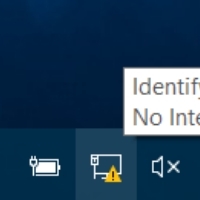How to improve Windows boot times by delaying the start of some Windows services.–PC Pitstop
Delaying Windows Services
Anand Khanse for The Windows Club
Using the Windows Service Manager, you can delay the starting up of Windows services, just so you can improve your Windows boot times. The Automatic (Delayed Start) option for system services was introduced in Windows Vista, and in Windows 7, it was extended to cover all services. This option appears in Windows 8.1 and later too.
Automatic (Delayed start) meaning
Windows Services are applications that typically start when the computer is booted and run quietly in the background until it is shut down.
On some older computers, it may get necessary to delay the loading of a specific Windows service for the computer to boot properly. At other times, you may want to be sure that a particular Service has started and is available fro troubleshooting purposes, before the other Service is started. This is where the Automatic (Delayed Start) option can help.
How does this work? Microsoft explains it as follows:
The Service Control Manager starts services that are configured for delayed automatic start after all of the automatic-start threads have finished starting. The Service Control manager also sets the priority of the initial thread for these delayed services to THREAD_PRIORITY_LOWEST. This causes all of the disk I/O performed by the thread to be very low priority. Once a service finishes initializing, the priority is set back to normal by the Service Control Manager. The combination of the delayed start, low CPU and memory priority, as well as the background disk priority greatly reduce the interference with the user’s logon. Many Windows services, including the Background Intelligent Transfer Service (BITS), Windows Update Client, and Windows Media Center, use this new start type to help improve logon performance after a system boot.



